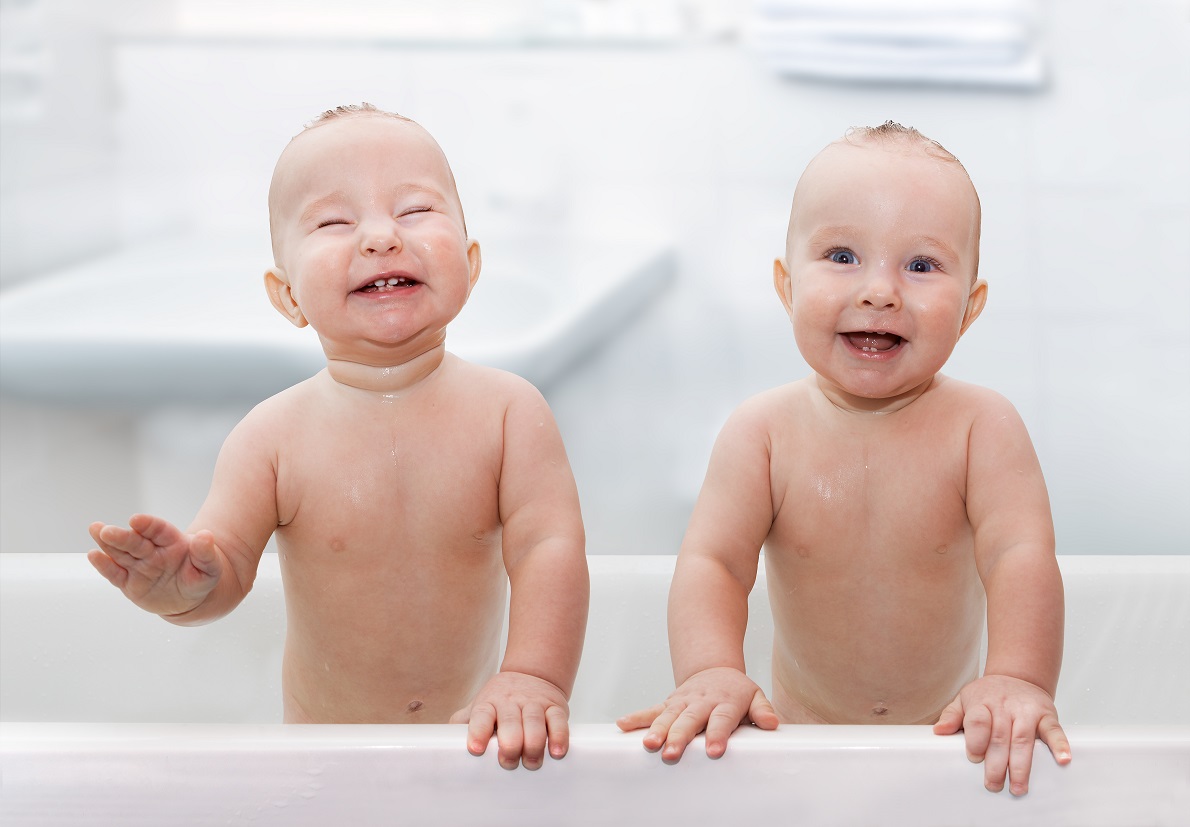


The mirror image, therefore, anticipates the mastery of the infant’s own body and stands in contrast to the feelings of fragmentation the infant experiences. While the infant still feels his/her body to be in parts, as fragmented and not yet unified, it is the image that provides him/her with a sense of unification and wholeness.
#Twin mirror image full#
This sense of completeness and mastery, however, is in contrast to the child’s experience of its own body, over which it does not yet have full motor control. The infant can also govern the movements of this image through the movements of its own body and thus experiences pleasure. Although the child initially confuses its image with reality, he/she soon recognizes that the image has its own properties, finally accepting that the image is their own image – a reflection of themselves.ĭuring the mirror stage, then, the child for the first time becomes aware, through seeing its image in the mirror, that his/her body has a total form. The child is fascinated with its image and tries to control and play with it. Between the ages of six and 18 months the infant begins to recognize his/her image in the mirror (this does not mean a literal mirror but rather any reflective surface, for example the mother’s face) and this is usually accompanied by pleasure. That is the stage of human development when the subject is in love with the image of themselves and their own bodies and which precedes the love of others.

The mirror phase occurs roughly between the ages of six and 18 months and corresponds to Freud’s stage of primary narcissism. The mirror stage also marks the beginning of a gradual transition from the Imaginary/pre-linguistic stage (where the child does not recognize the demarcation between itself and the objects in the world) and the symbolic stage of language acquisition, In the imaginary stage, the Self is a unified, coherent whole, not fragmented or mediated by differences however, on the realization of the imminent presence of the Other, the Self is divided, and this marks the breakdown of the comforting imaginary condition, and it thrusts the child into the Symbolic order- the world of predefined social roles and gender differences, the world of subjects and objects, the world of language. The child also realizes that, prior to this stage, its body was in “bits and pieces” and realizes the danger of returning to that stage. This quest, Lacan says, will never be fulfilled and may lead to anxiety, neurosis, and psychosis. The image reflected according to Lacan is the “Ideal I” – the stable and autonomous version which the child does not experience in itself and hence yearns to be the other.


 0 kommentar(er)
0 kommentar(er)
